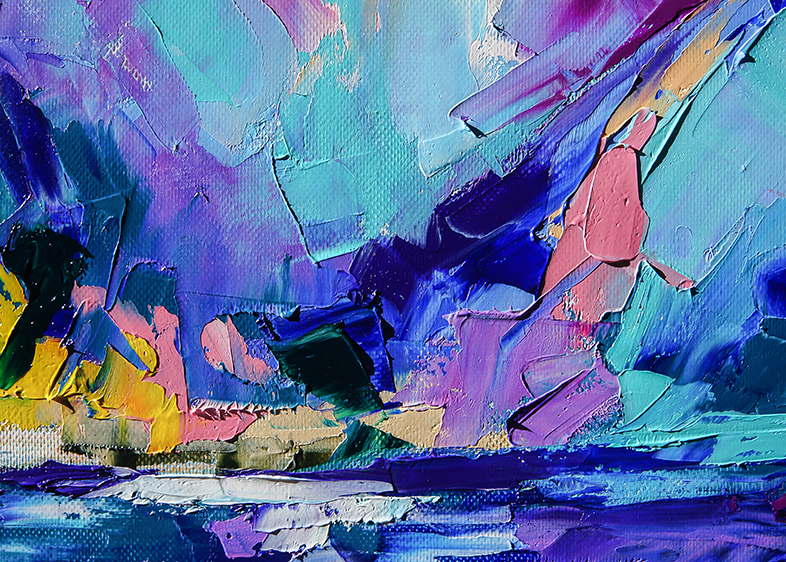Abstract, non-representational, and non-objective are art terms used interchangeably. They are closely related but may not mean the same. In the depiction of imagery in art, abstraction denotes a distortion and deviation from reality. Abstraction is a method of altering a subject’s appearance in a way that differs from how it appears in reality.
Visionaries who open up hidden doors are the best way to describe abstract artists. Abstraction involves expertise not in the medium’s application but in the artist’s vision and how they interact with their environments and works. Since many people do not understand this vision, it has been dubbed “the most misunderstood form of art.”
When the artist’s goal is to create a unique interpretation of a subject or idea, representational art laws may not apply. Since most people do not take the time to research, comprehend, or appreciate abstract art, they dislike it and dismiss it as a lesser type of art. This misunderstanding has sparked a debate over whether abstract art is “real art.”
The abstract artist applies all the elements of art that the representational artist uses, but differently. The abstract artist uses the visual language of texture, colour, shape, line and form to create artwork free of natural influences from his environment. Often, the artist distorts a real object or scene by interpreting it in his understanding. The abstract artist could also use techniques of elongation, colour alteration, and distorted views, among others, to make the artwork appear surreal or distinct from nature.
The following are some famous abstract artists that have made an impact in the art world:
Wassily Kandinsky was a Russian painter, an abstract champion and an art theorist who lived from 1866 to 1944. His painting ‘Composition X’ was supposed to culminate his investigation into form and language purity. His sparing use of black evokes the cosmos and produces a sense of foreshadowing gloom in his work.
In his painting, the ‘Composition II in Red, Blue, and Yellow,’ Piet Mondrian (1872-1944) aimed for total abstraction. Through his works, he sought equilibrium and wrote extensively about compositional harmony. In his works, he induces stillness through the positioning of colours, forms, and surface qualities.
Joan Miro (1893-1983) sold one of his most famous paintings, ‘Peinture (Etoile Bleue),’ for £23.5 million in 2012. Scorching blue is a touch of colour seen in many of his later works.
Jackson Pollock (1912-1956) was known for the use of drip techniques in his paintings. A particular painting of his, ‘Convergence,’ exemplifies a significant and pioneering trend in painting. In his drawings, Pollock addressed the challenge of Communism and the Cold War.
Abstract art, just as representational art, uses colour, shape, texture, line, pattern and composition; therefore, it is not “About nothing.” Abstract art exhibits the formal characteristics of a “real” work of art. This means that abstract art is integrating these formal qualities to construct a visual experience. Many prominent abstract artists have produced stunning, thought-provoking, and enriching images that did not exist before but have provided entirely new experiences over the last century.






